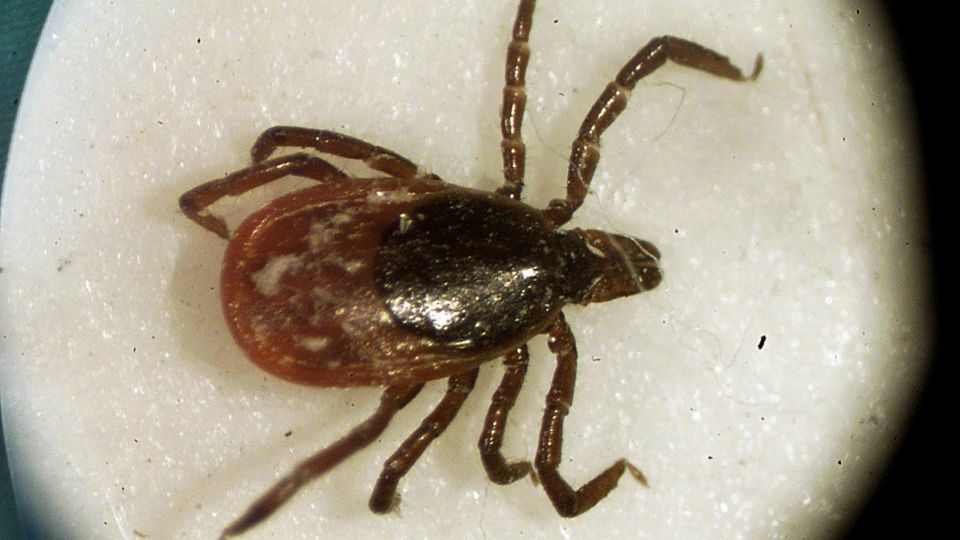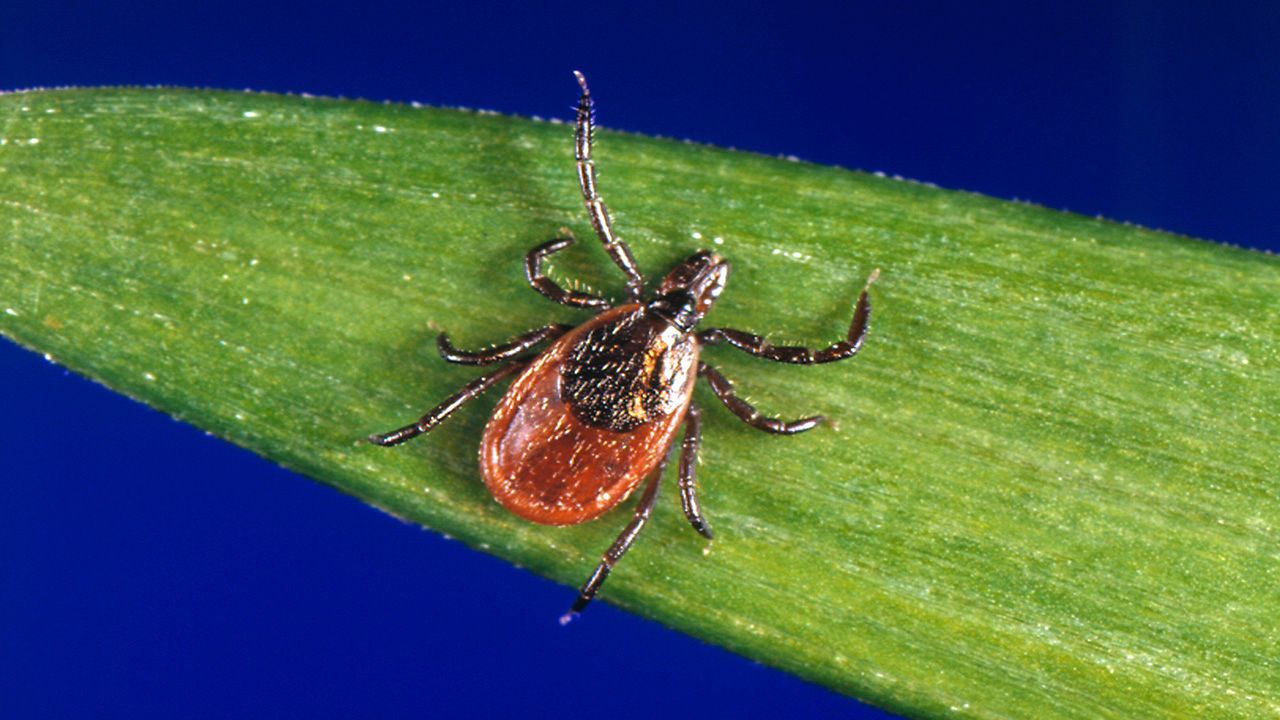Has it crossed your mind to take the proper precautions to protect yourself and your pets from ticks while outdoors?
A recent trip with my fur family made me well aware that ticks are still thriving this late season, and the weather is helping them.
Here is a quick breakdown of ticks. They are part of the arachnid family, they live in the woods and grassy areas, and they survive on human and animal blood. I don't know about you, but they had me at arachnid, yuck!
These creepy, little critters thrive in the warm weather months and tend to be on the decline in the fall.

The forecast has been an interesting one this fall, featuring cooldowns as well as warm days. However, we need to focus more on the overnight lows and the impacts these temperatures have on ticks.
To see ticks die off and become less of an issue, we need to see cold temperatures. This time of year usually features more nights below freezing, but we have had few nights of frost and freeze.
Look at your backyard. Have you noticed that many of your summer plants are still doing OK?
This year's issues with ticks are twofold. There's a lack of freezing conditions as well as an increase in people outside due to the pandemic.
More families are hitting the hiking trails and meeting up with friends and loved ones outside because it's safer than activities inside. Perhaps some people are not aware of the dangers of ticks as this is their first time spending much of their free time outdoors this time of year.
There are things you can do to protect yourself from ticks and Lyme disease. When outside, wear long pants and high socks, spray yourself with a bug repellent, check yourself in a mirror, and shower after returning from being in the woods or tall grass.
If you have been bit by a tick, you may notice reddish tones in an infected area that may look like a bullseye. You want to see your doctor if you believe you have been bit by a tick.
As far as your pets are concerned, you want to be sure you work with your vet to provide a pill or collar that protects from fleas and ticks.
There are also over the counter sprays that can add another layer of protection if you are taking your pups out on a hike. Please be sure to consult your vet before you add any topical medication to your pet for proper dosage and safety protocols.
We can all still get outside and enjoy this beautiful time of year, but remember, you are not alone in the woods.
Make sure to take the time before going outside to protect you and your family from ticks, as well as check yourself when you return from the outdoors to be sure you have not been in contact with a tick.








